Musings of a retired technophile on AMD Ryzen, Threadripper, Intel and Cryptomining disruption
By bitnet
30 June 2017
More than 25 years after leaving the post of Technical Editor with Computerworld, I am compelled to put my fingers back to the keyboard again. The events in the IT world recently are reaching a zenith of improbabilities in both hardware and software and Etherware, strangely with AMD in the midst of all this on almost all fronts.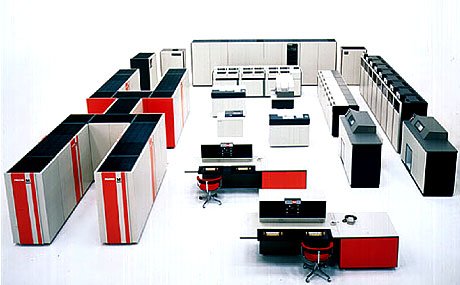
Fujitsu Facom M200 mainframe system group
Most people know that the juggernaut in the IT world is Intel. With revenues of about USD60 billion and products used on laptops, desktops to data centers, Intel has dominated the business with little competition. Most IT managers are pleased with this situation as it takes most of the responsibility of evaluation out of their hands. I remember the days in the 1980s where the safe bet for Big Corp was Big Blue. Competitors like International Computers Limited (ICL) and Fujitsu Systems were deemed as possible alternatives and Tandem Computers as a distant option in my part of the world.
Medium size companies went for IBM’s AS/400 Series which competed with offerings from Hewlett-Packard or Digital Equipment while those on a tighter budget opted for Prime Computer, Data General, Wang Laboratories, Olivetti, Control Data, and Honeywell. Companies involved in research and design went for HP, DEC, Sun Microsystems and Silicon Graphics.
Being a journalist in those days was a giddy affair as one had to keep abreast of existing and emerging technologies from portables to mainframes, with operating systems from DOS to VMS and UNIX. Amidst all of this, Intel was growing tremendously from the release of the 8088 and 8086 microprocessors for the desktop PCs. This accelerated when IBM adopted MS/DOS and ran it on the Intel 80286 microprocessor and Intel has not looked back at the competition.
But that’s not quite true as they had licensed the 8086, 80186 and 80286 architectures to Advanced Micro Devices in 1982. That little upstart company dared to challenge Intel in 1987 by introducing a 40MHz CPU – the Am386DX – while Intel’s 80386 chip ran at only 33MHz. Yes, you are reading this right – Mega Hertz and not Giga Hertz. Computing was still new and mainframes back then had less than the computing power and storage of a modern mobile phone today.
Intel took AMD to court and claimed that AMD had no rights to manufacture 32-bit CPUs based on the x86 architcture, styming the release of the AMD processor. In 1991 AMD defeated Intel in the courts and released its 80386 processors in 1992 and changed the world of personal computing, driving down the prices of PCs through its adoption by second and third tier companies which provided an alternative to premium-priced Intel CPUs. Gives you a fresh perspective on Intel’s computing "mega-hurts" war with AMD. Makes me wonder why would AMD license its graphics technology to Intel despite all those rumours today.
Despite the disadvantages and loss of time, AMD persisted and rolled out more CPUs over the years and continued to be a thorn in Intel’s side. However, Intel had already taken hold of the server market and Big Corp’s mindset, and most data center managers were not keen on changing their brands on the desktop. AMD had to be content with sniping from the sidelines until it was almost totally sidelined from the mainstream with less than seven per cent market share on the desktop in 2016 and almost no presence on the server market despite having the Opteron range of CPUs.
Fast forward to 2017 and now AMD has changed the game. Using a Lego-style approach on its Infinity Fabric Architecture, AMD has launched a bold attack against its foe. Simply by reducing the silicon size using 14nm technology and tying it together, AMD has managed to achieve CPU scalability. Not a mean feat that can be bested easily and it totally caught Intel and their clients by surprise.
The AMD Ryzen 5 and Ryzen 7 range of CPUs with 4 to 8 unlocked cores running up to 4GHz (or more depending on the silicon lottery) has serious dented Intel’s marketing with prices that are very competitive (read that as cheaper by up to 40 per cent) and rave reviews from almost all quarters beckon the competition with welcome arms. Within three months of the Ryzen launch, AMD has managed to garner about 27 per cent of new CPU sales, and this is just early adoption by some home users and enthusiasts switching platforms. Mainstream users have not come on board yet and this is expected to happen later this year and next year, making Intel scramble for a suitable reply.
Following this salvo, a reeling Intel has to deal with the launch of AMD’s EPYC range of server CPUs. This is the first time in its history that Intel has a competitor on its premium market where it creamed the users with very high prices for its CPUs. Like the Ryzen desktop cousins, EPYC is offering significantly more bang for the buck with a single 32-core EPYC outperforming two Intel CPUs in the same price bracket. And you can put two of those EPYC CPUs on one server board with quad channel memory and an astonishing 128 lanes of I/O (input-output) which also gives data center operators a serious headache in reporting to their bosses why they are not changing their platforms to improve performance per watt.
While we await Intel’s reply to EPYC, let’s consider their third frontline battle with AMD – the High End Desk Top (HEDT). Again, Intel has been charging a hefty premium for its high-end CPUs largely used for content creation, video editing, CAD and financial applications. The range of new Core i9 X-Series of CPUs announced by Intel senior vice president Gregory Bryant showed that the new CPUs will be priced from USD242 for the quad-core Core i5-7640X (4 cores/4 threads), USD599 for the Core i7 7820X (8C/16T), USD1,999 for the Core i9-7980XE (18C/36T) expected to outperform the upcoming AMD Threadripper range.
This battle is where Intel shows its desperation and the fact that they were caught off balance. These new CPUs are to run on the expensive new X299 platform and a few partners have launched a few motherboards at Computex 2017 in Taiwan. All Core i9 CPUs will use a new Socket R4, a 2,066-pin LGA socket that will require a brand-new mobo. Intel’s Core i9 family is not backward-compatible with existing Skylake or Kaby Lake mobos. The disturbing part is that this is a HEDT platform and Intel have included the 4C/4T i5 and 4C/8T i7 which would use only about half the features of the mobos!
The Core i7-7800X (6C/12T) and Core i7-7820X (8C/16T) can only access 28 PCIe lanes of the 44 lanes available on the mobo. Worse, the two quad-core Kaby Lake based chips (the Core i5-7640X and Core i7-7740X), the X299 cannot use the Turbo Boost Max Technology 3.0, limits memory to Two-channel DDR4 2666 and can only use 16 PCI Express lanes (for one x16 or two x8 cards). This is for the serious high-end desktop user? Obviously Intel simply switched the silicon onto another die with more pins and then put a lid on it with the X-Series markings. Shame on them! Intel’s rationale is that users can start with a smaller processor and then upgrade in the future on the same board. However, this is self-delusional as HPDT users would not even consider plugging 4C/4T or 4C/8T CPUs and dual-channel RAM into their expensive mobos costing upwards of USD300!
To add insult to injury, only a few of the Core i9 X-Series CPUs will be available soon. As far as the market is concerned, anything Intel above 10C/20T is vapourware and unavailable until perhaps September to October 2017.
While Intel stumbles trying to appear poised to remain the lead, AMD is taking its time to launch the Threadripper range, which we will get to later. Instead, AMD launched the Ryzen Pro Series. These are not just the best binned Ryzen CPUs but also offer a three year limited warranty to manufacturers, 24-month availability, 18-month platform stability and several security features not found on the regular Ryzens.
AMD Ryzen Pro for the corporate and government sectors
Notable among these CPUs aimed at the corporate desktop usually supplied by big names such as Dell, Hewlett-Packard, Lenovo and others, are the Ryzen 3 Pro CPUs. Instead of launching the Ryzen 3 into the wild, AMD strategically upgraded the 4C/4T Ryzen 3 to be placed at the corporate desktop. The Ryzen Pro 1200 runs at 3.1GHz (3.4GHz turbo) and the Ryzen Pro 1300 runs at 3.5GHz (3.7GHz turbo) and both support dual channel DDR4 memory up to 2667MHz with a thermal design power (TDP) of only 65°C.
The best part is that for the corporate sector, which includes the government, all AMD Ryzen Pro CPUs have:
- AMD Secure Technologies
- Built-in AES 128-bit Encryption Engine
- Windows 10 Enterprise Security Support
- Support for fTPM/TPM 2.0 features
What this means is that data is encrypted within the CPU and secured even from the operator at the terminal, thus greatly reducing data theft at all levels.
Now back to AMD Threadripper. This range of HEDT CPUs will debut on the X399 platform which will support quad-channel memory and a broad complement of 64 PCIe 3.0 lanes! AMD has engineered the CPU to have 60 PCIe lanes for storage and graphics, which will nominally mean most configurations will allow three X16 PCIe GPUs (totalling 48 lanes) and three M.2 slots (totalling 12 lanes) and another four lanes for the south bridge for USB and other connections.
If you are a multitasker, or do work on virtual machines, you will appreciate these CPUs as even the smallest of these 10C/20T CPUs will have full access to the mobo and not feel like a cripple like the low end Core i9 X-Series.
As it is meant for serious enthusiasts, AMD has also moved away from the AM4 Pin Grid Array (PGA) socket to a new massive 4094-pin Land Grid Array (LGA) socket which should reduce the risk of any bent pins. When pictured, AMD Threadripper seems to be two Ryzen 7 8C/16T CPUs stitched together using AMD Infinity Fabric but little else is known now as AMD is keeping the cards close to their war chest at the moment while forcing Intel to show its hand. The only previews that AMD have shown thus far suggest that Threadripper is able to hold its own against the Core i9 X-Series at any of the relevant price points.
AMD Threadripper bares its fangs! A massive 4,094 contact points!
Therein lies the rub. This is alarming for Intel because AMD Threadripper prices are actually ripping apart Intel’s pricing structure and will take away the cream of its revenues where it always got away with ridiculous prices for its HEDT CPUs. While Intel’s new 16C/32T Core i9-7960X is priced at USD1,699 it is rumoured that the equivalent AMD Threadripper will be under USD1,000 with some web sites claiming a price of just USD849. Although only about a month away from its official announcement at SIGGRAPH in July 2017, AMD Threadripper is indeed causing waves and mobo manufacturers are gearing production for this X399 range instead of the Core i9’s X299 platform as AMD’s strategy is very clear and the pricing is very attractive. If it is cheaper by so much, mobo manufacturers obviously expect to sell more of these compared to the more expensive X299 mobos.
With all this going on, AMD is also fighting on another front with nVidia in the graphics cards department. The situation is rather awkward for AMD at the moment as their supply of Radeon RX580 and RX570 cards have dried up because of the boom in cryptocurrency mining which have sucked up all AMD cards worldwide. There have been no announcements from AMD about stock replenishment because they are gearing up production and marketing to launch the Radeon Vega range of high-performance GPUs. Which puts users in another pickle: wait for another month or switch to the more expensive nVidia GeForce cards?
Who is to say that if RX580 and RX570 stocks are replenished it will not be bought out by cryptominers again leaving gamers and other users in the lurch? Vendors will prefer to sell six or more cards to one customer rather than to six customers. In fact, vendors may hoard these cards again and push prices higher or release them into a grey market for better profits.
Also, if Radeon Vega is released and if the Frontier Edition is the performance benchmark for that GPU platform, then perhaps the new range will be even better for cryptomining. In such a case, then miners will switch to Vega and offload their RX580s and RX570s and flood the market with cheap pre-owned product, which will put AMD’s retail channel in a hard spot and they may not want to stock up on AMD Radeons, thus committing AMD into a retail spin if they ramp up production.
Furthermore, nVidia have released their cryptomining GPU and it is clearly a stripped down GeForce 1060 at a more expensive price. Come on! Will cryptominers buy these things? Especially if the regular cards come on stream once again? More likely, if AMD will launch cryptomining cards without video ports at a cheaper price it will make more sense and cryptominers will flock to it while gamers and regular users will have access to the regular RX580s and RX570s. Common sense. But not to profiteers. Cryptomining is proving to be more of a disruptive technology than expected! Be that as it is, prices are not going to come down soon as there is also a shortage of memory modules. Another factor in this perfect storm in a tea cup.
As far as Radeon Vega performance is concerned, I shall get to that in a future article after the Frontier Edition cards have proved their worth. Meanwhile, all the gamer reviewers are hopping mad that they did not get a review sample despite AMD clarifying that it is NOT a gaming GPU. Those reviewers who bought it and benchmarked it are claiming that is underperforming in current games. This disappointment has been extrapolated to the RX Vega meant for the general user market, which they think will also underperform when compared to the nVidia GeForce 1080 range, and be miserable when compared to the upcoming nVidia Volta range. Phew! So much hype and disappointment over a product that is not quite a gamers card but which can be used to play games!
So at this time at the end of June 2017, compared to 30 years ago, technology is not as diverse but the drama is still interesting. The ball is clearly now in Intel’s court. Whither Intel? Half-time 2017 and we see AMD poised to surge on all fronts while the competition fumbles for the ball and hoping for a time-out so that they can catch their breath. Shows you what happens when you place an American company in the hands of a Chinese CEO and an Indian CTO. A truly global company running at a steady pace and slowly bypassing the Intel hare. No wonder AMD shares have leaped from USD3 per share last year to more than USD12 now. Perhaps I should buy AMD shares instead of cryptocurrency.
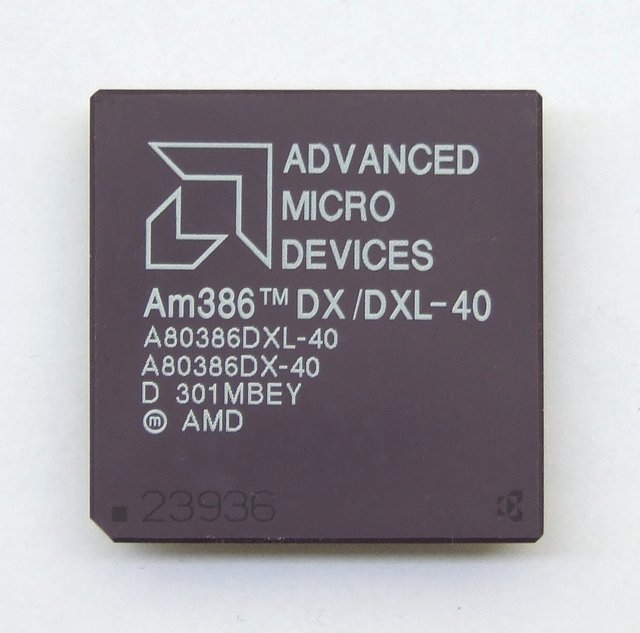
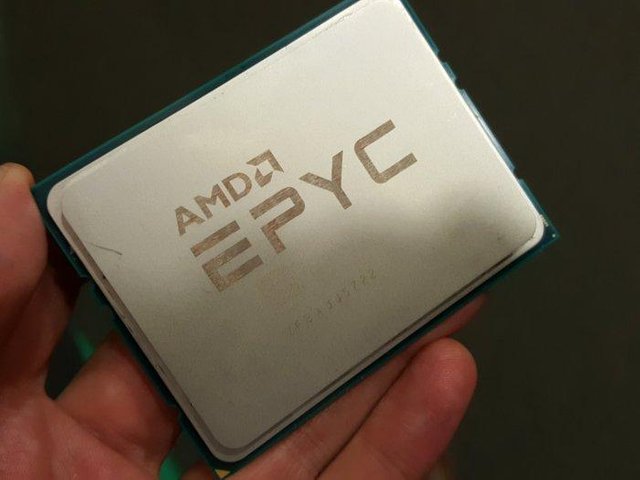
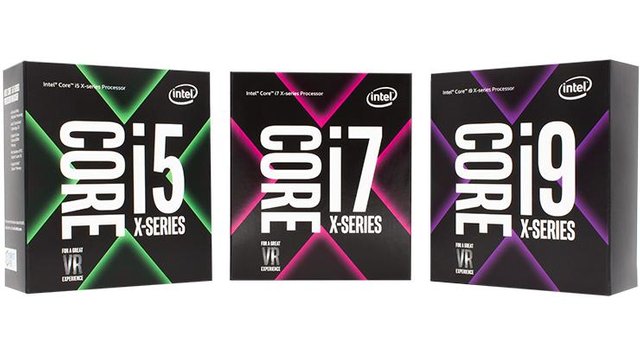
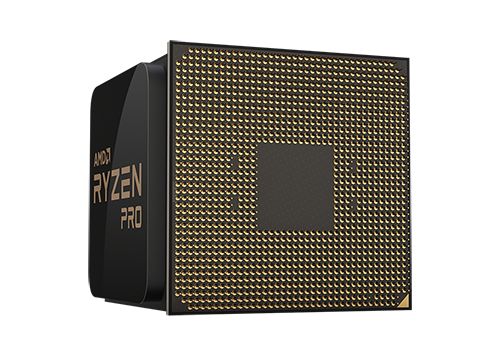
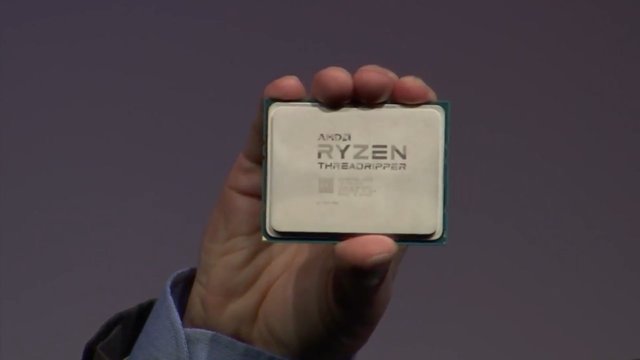
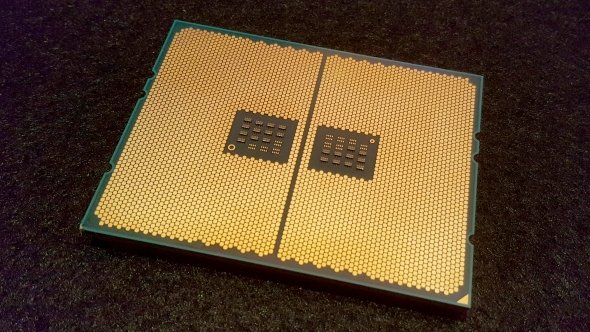
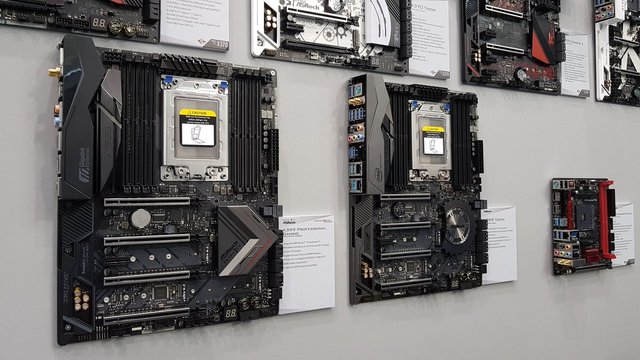

Very interesting
I am glad AMD is still around. I have good memories of their products through time.
Thanks for reading my article. I have a few PCs in my home, a mixture of Intel and AMD CPUs. I also have GeForce and Radeon products. Not aligned to any single manufacturer or vendor, I can be quite critical of any product and right now Intel seems to be caught flat-footed while nVidia is still ahead in GPU development. More to come over the next few days.